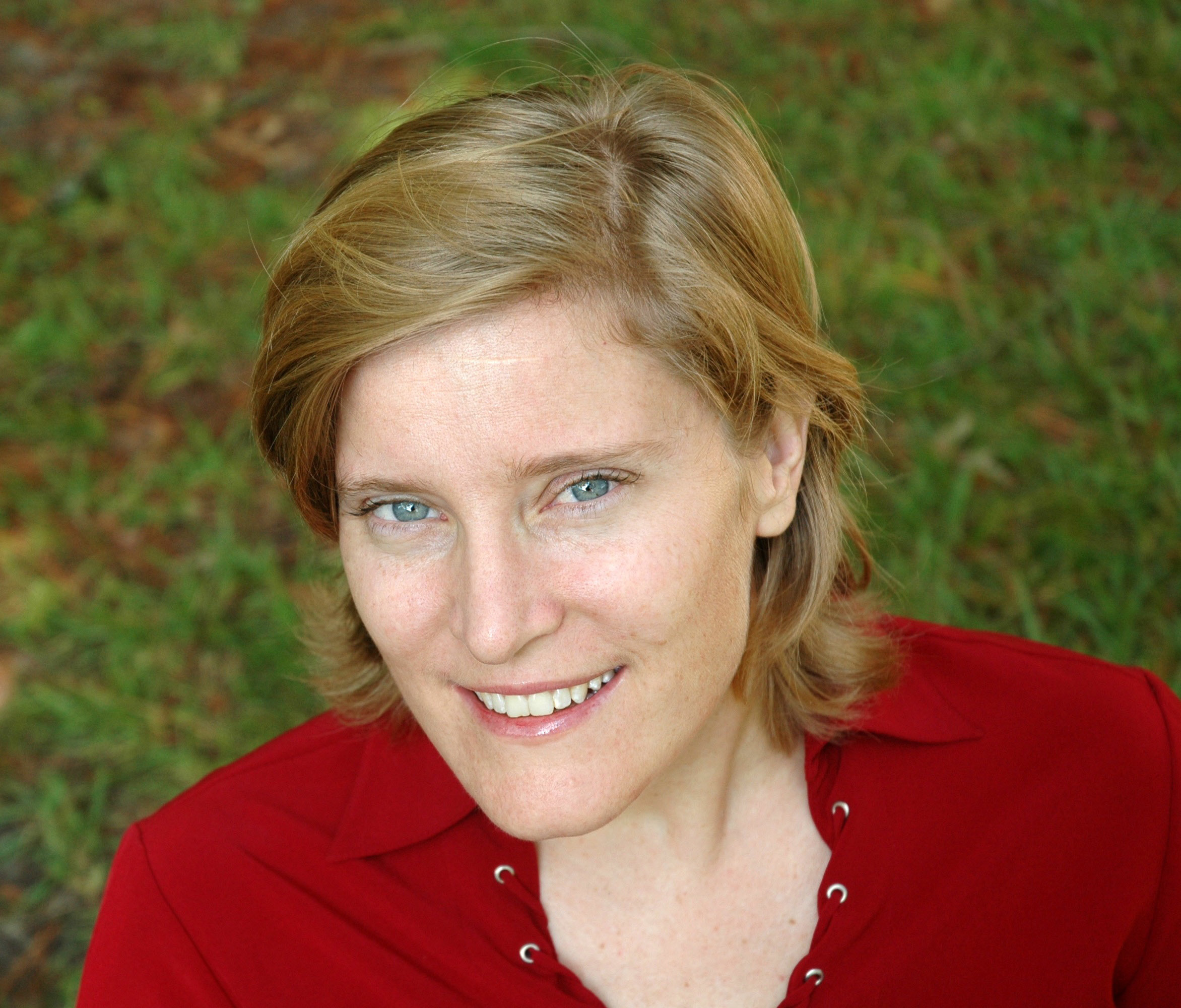December 3, 2008 — The majority of research focusing on black youth examines only the negative risk factors associated with their development, according to a report released by a national task force that included a University of Virginia education professor.
Anne Gregory, an assistant professor of clinical and school psychology at the University of Virginia's Curry School of Education, was part of the American Psychological Association's seven-member Task Force on Resilience and Strength in Black Children and Adolescents, which reviewed 450 studies and surveys of African-American youth across all socioeconomic conditions.
"Given the achievement gap in local schools, it is easy to hone in on deficits," Gregory said.
This view is misleading and does not offer a balanced view of reality, and these children's full potential, she said.
"Ultimately, the task force hopes the report will open the dialogue as to what works when it comes to raising successful and healthy African-American children," Gregory said.
The report, released by the APA in August, offers faculty and researchers a new way to review their work in diversity and equity.
"This report would suggest that Curry researchers and practitioners should seek out the strengths of African-American students and help bolster the existing protective factors in our local classrooms, schools and neighborhoods," Gregory said.
The report proposes a portrait of resilience in African-American youth and hopes that this portrait guides the interpretation of current research and offers new directions for future research.
The report, "Resilience in African-American Children and Adolescents," is online at www.apa.org/pi/cyf/resilience.html.
The APA is the largest scientific and professional organization representing psychology in the U.S. and is the world's largest association of psychologists. Its membership includes more than 148,000 researchers, educators, clinicians, consultants and students.
Anne Gregory, an assistant professor of clinical and school psychology at the University of Virginia's Curry School of Education, was part of the American Psychological Association's seven-member Task Force on Resilience and Strength in Black Children and Adolescents, which reviewed 450 studies and surveys of African-American youth across all socioeconomic conditions.
"Given the achievement gap in local schools, it is easy to hone in on deficits," Gregory said.
This view is misleading and does not offer a balanced view of reality, and these children's full potential, she said.
"Ultimately, the task force hopes the report will open the dialogue as to what works when it comes to raising successful and healthy African-American children," Gregory said.
The report, released by the APA in August, offers faculty and researchers a new way to review their work in diversity and equity.
"This report would suggest that Curry researchers and practitioners should seek out the strengths of African-American students and help bolster the existing protective factors in our local classrooms, schools and neighborhoods," Gregory said.
The report proposes a portrait of resilience in African-American youth and hopes that this portrait guides the interpretation of current research and offers new directions for future research.
The report, "Resilience in African-American Children and Adolescents," is online at www.apa.org/pi/cyf/resilience.html.
The APA is the largest scientific and professional organization representing psychology in the U.S. and is the world's largest association of psychologists. Its membership includes more than 148,000 researchers, educators, clinicians, consultants and students.
— By Rebecca Arrington
Media Contact
Article Information
December 3, 2008
/content/report-calls-greater-examination-strength-resilience-african-american-youth

